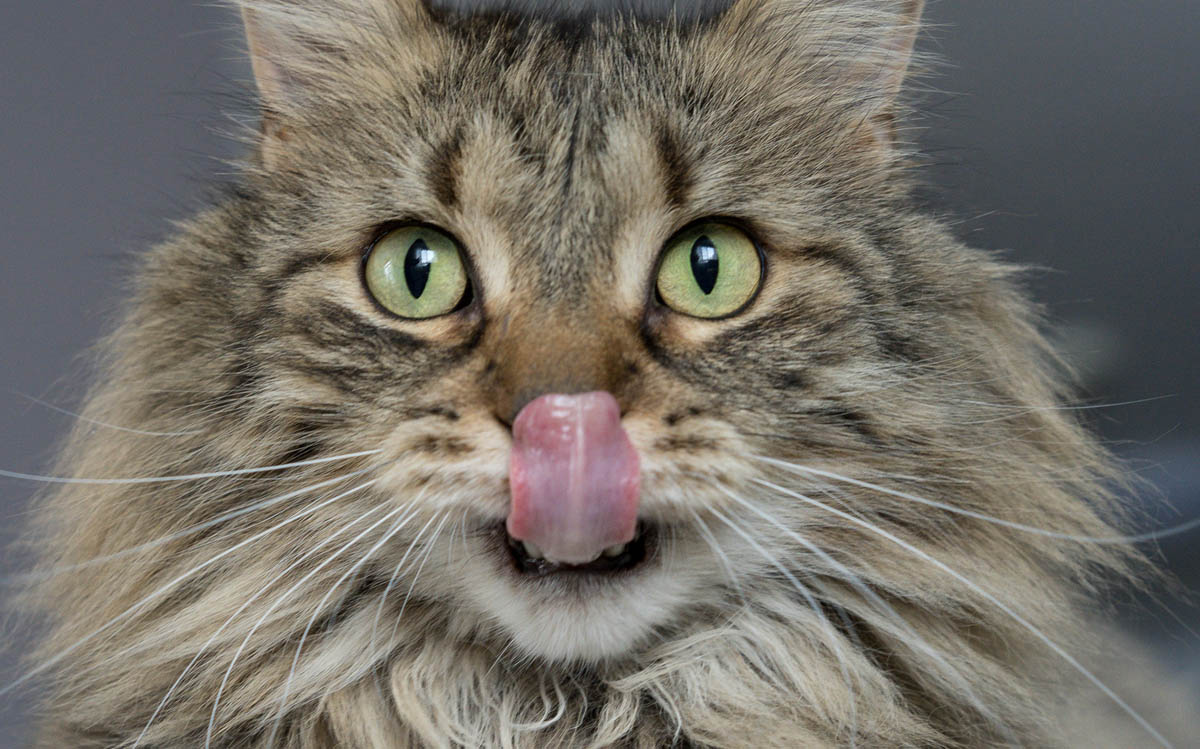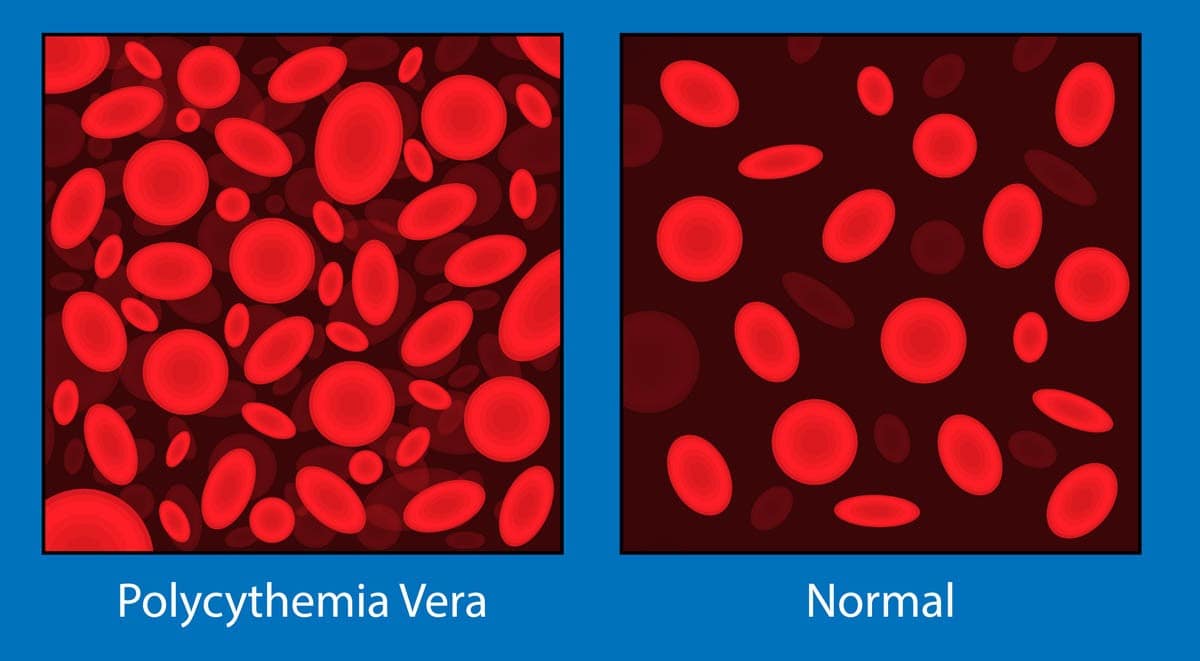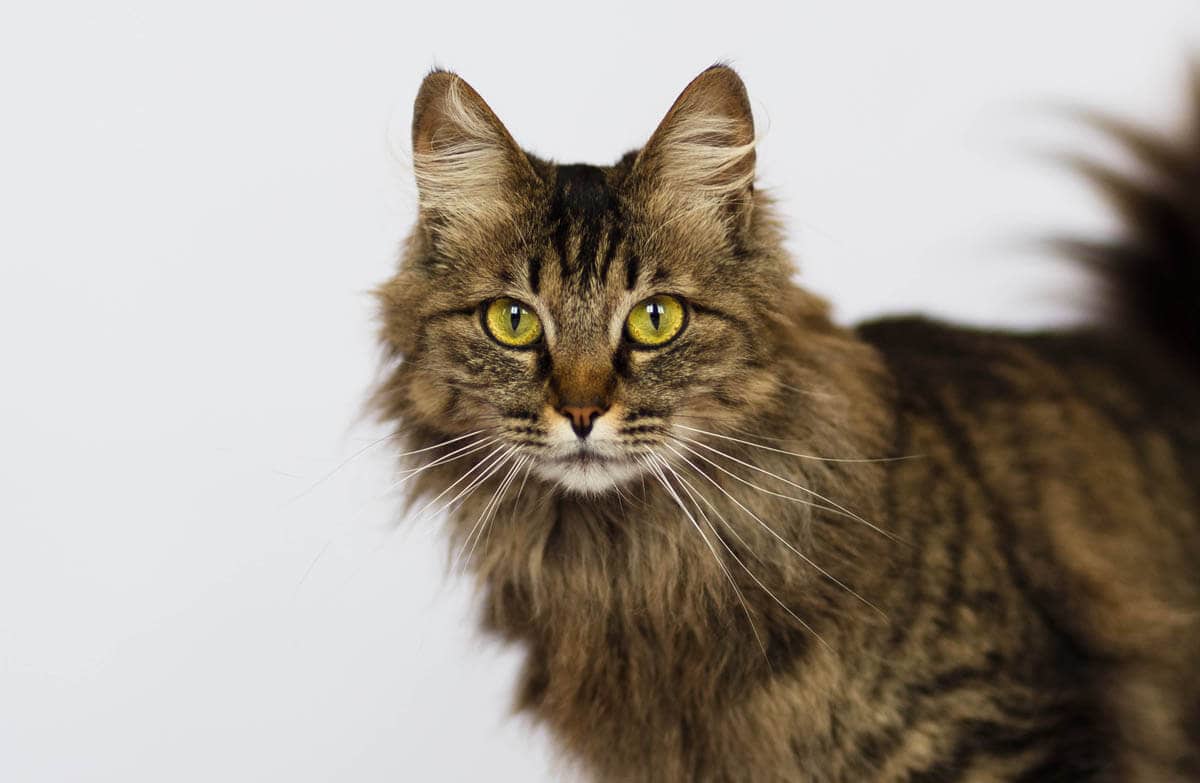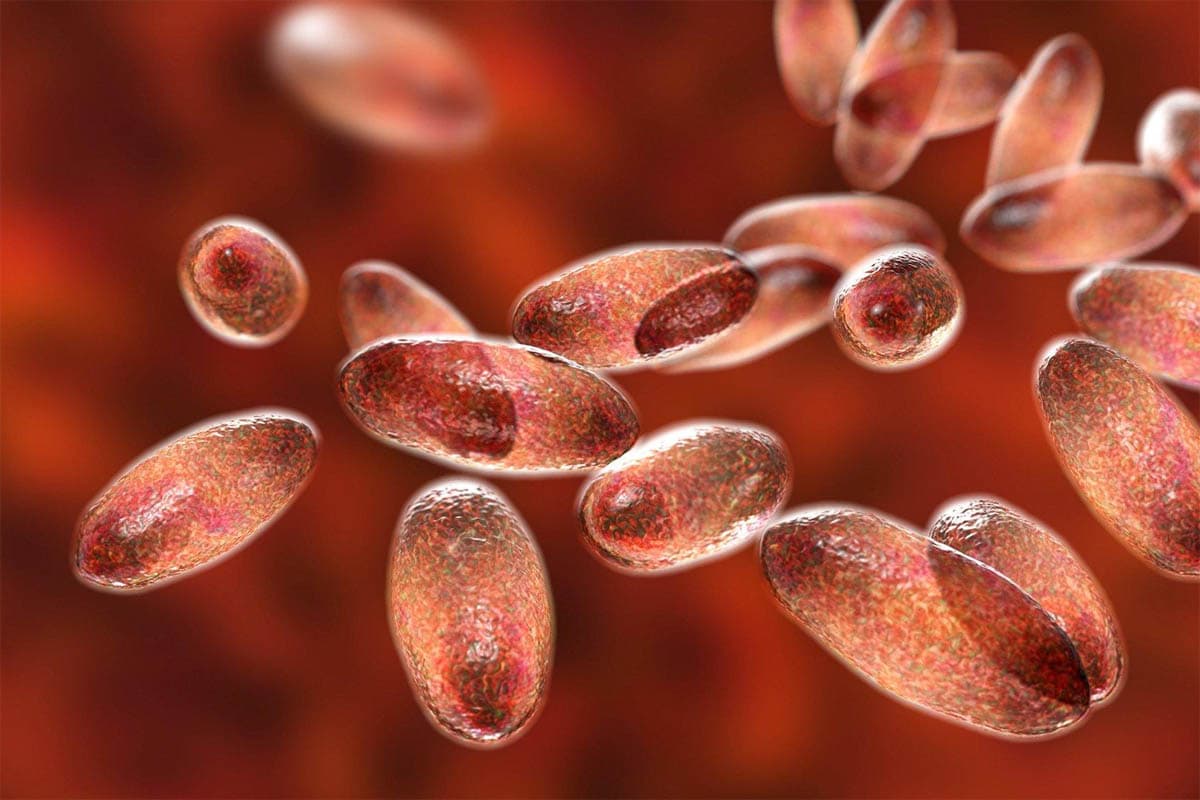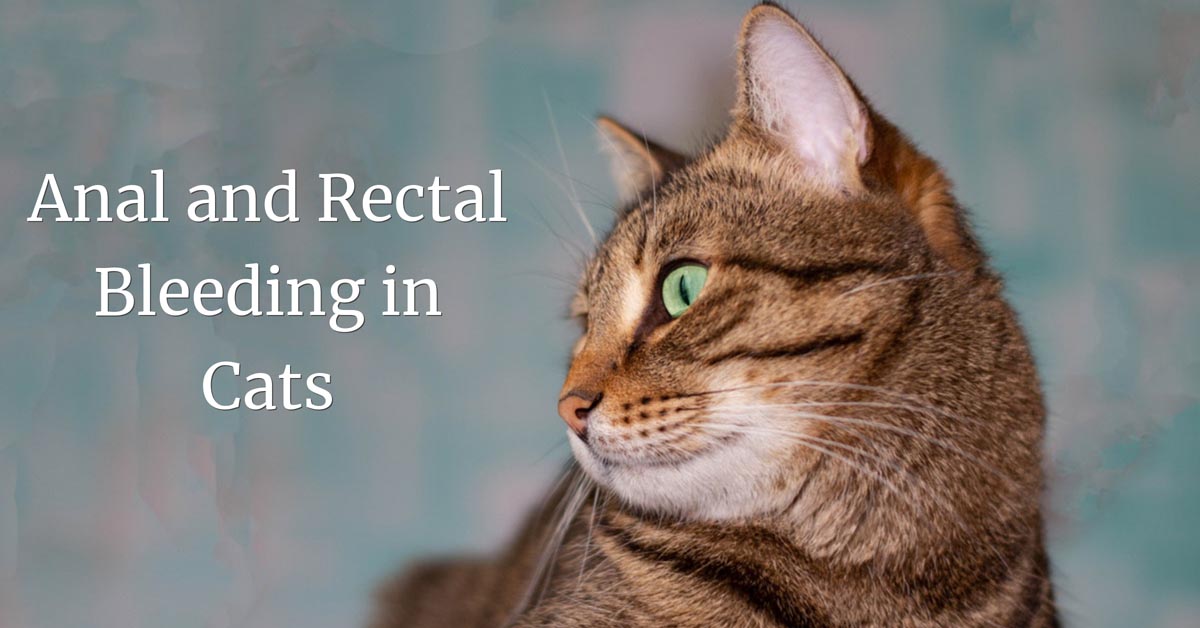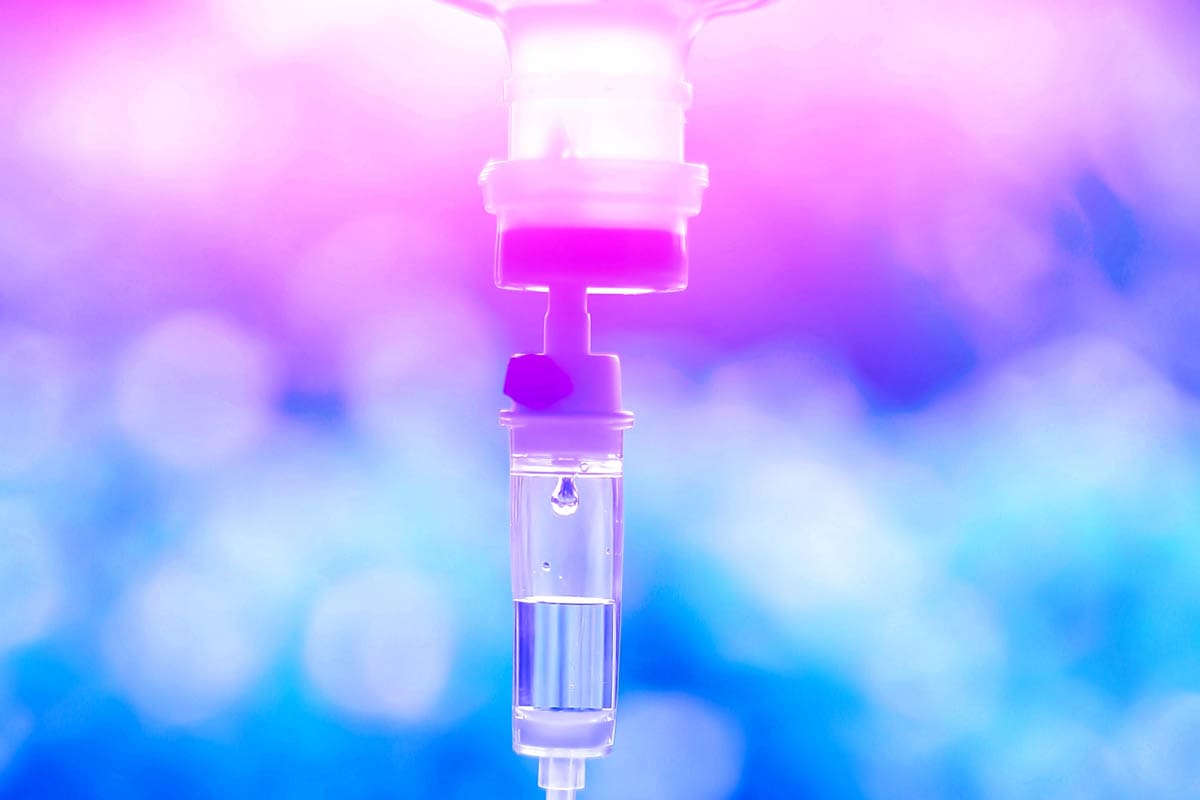What is a mouth ulcer?
A mouth ulcer (or mouth sore) is a painful, open sore that can affect the gums and tongue. Erosion of the delicate tissues in the mouth due to injury, infection or cancer causes ulcers to form. They are not a disease in themselves, but rather they are a symptom of an underlying condition.
